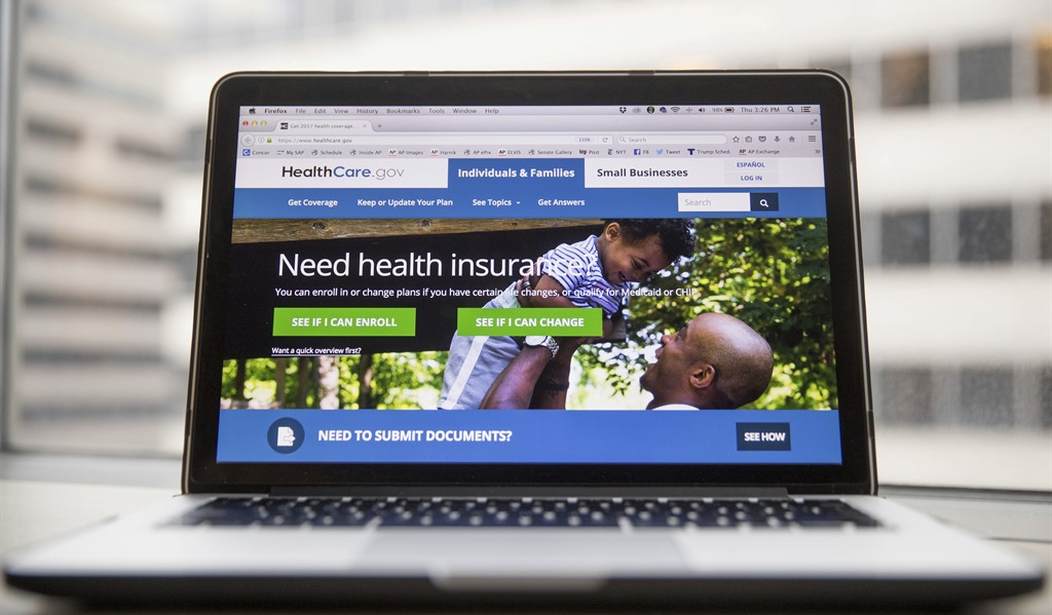Last week I pointed out that an insurer in Maryland had requested rate increases as high as 59% for next year. Monday, the Connecticut insurance department announced rate requests as high as 34 percent. From the CT Mirror:
The state’s health insurers are asking for sizeable rate increases for individual and small-business policies sold in 2018, led by Anthem, which is seeking an average 33.8 percent increase on plans covering individuals and their families…
ConnectiCare has asked the Connecticut Insurance Department for an average rate hike of 15.2 percent on policies it sells through Access Health CT, where it now covers about 51,000 people.
ConnectiCare also is asking for an average 26.3 percent rate increase on health plans it sells outside Access Health that cover more than 37,000 individuals.
As we’ve seen elsewhere, insurers are giving two reasons for the premium hikes. One is the uncertainty about the law’s future. A spokesman for ConnectiCare told the CT Mirror, “the mandate is weakened somewhat due to a perception that it is not in effect or not being fully enforced.” That perception could lead to younger, healthier people dropping out of the exchanges and leaving ConnectiCare with older, sicker enrollees.
The other reason for the rate hikes was cited by Anthem, i.e. costs have “continued to outpace premium increases.” In other words, the pool of enrollees is still using more resources than they are paying for despite the big rate hikes last year.
Connecticut’s Insurance Commissioner cited both reasons in a statement about the requests. “In the 2018 rates we are seeing claims experience that reflects increased medical and prescription drug costs along with higher utilization as well as uncertainty in the marketplace,” Commissioner Katharine Wade said.
There’s really no doubt that both things are playing a role in these rate increases. As to how much of a role each is playing, that’s harder to say. Yesterday, Vox published a piece in which CareFirst Chief Executive Chet Burrell broke it down a bit:
Burrell says that his plans would have had hikes this year anyway, because it has lost money during its three years on the Obamacare marketplaces. But it tacked an extra 15 percent onto its premiums because it does not expect the Trump administration to enforce the individual mandate.
That 15 percent could be read different ways, but I’m taking it to mean that CareFirst would have asked for a 44% increase in Maryland but additional uncertainty caused them to add 15%, bringing the total request up to 59 percent.
I’m not discounting that the jump from 44% to 59% is significant, but it’s worth noting that a 44% increase is still a huge premium hike. In other words, even if there wasn’t uncertainty about enforcement of the individual mandate, the underlying dynamics of the exchanges are not working as expected. But not everyone is prepared to admit that. Last week, Obamacare architect Jonathan Gruber’s claimed the big premium increases we saw last year were a one-time correction:
The large premium increases announced last year were a one-time correction to make up for insurers’ dramatic underpricing in the first years of the ACA. The problems we are seeing now are due to the uncertainties injected into the market by the Trump administration’s actions to undermine the ACA’s success.
The thing about a one-time correction is that it should only happen one time. If insurers see the need to a) drop out because of anticipated losses next year or b) raise prices 44% before taking market uncertainty into account, there is a deeper problem.







Join the conversation as a VIP Member